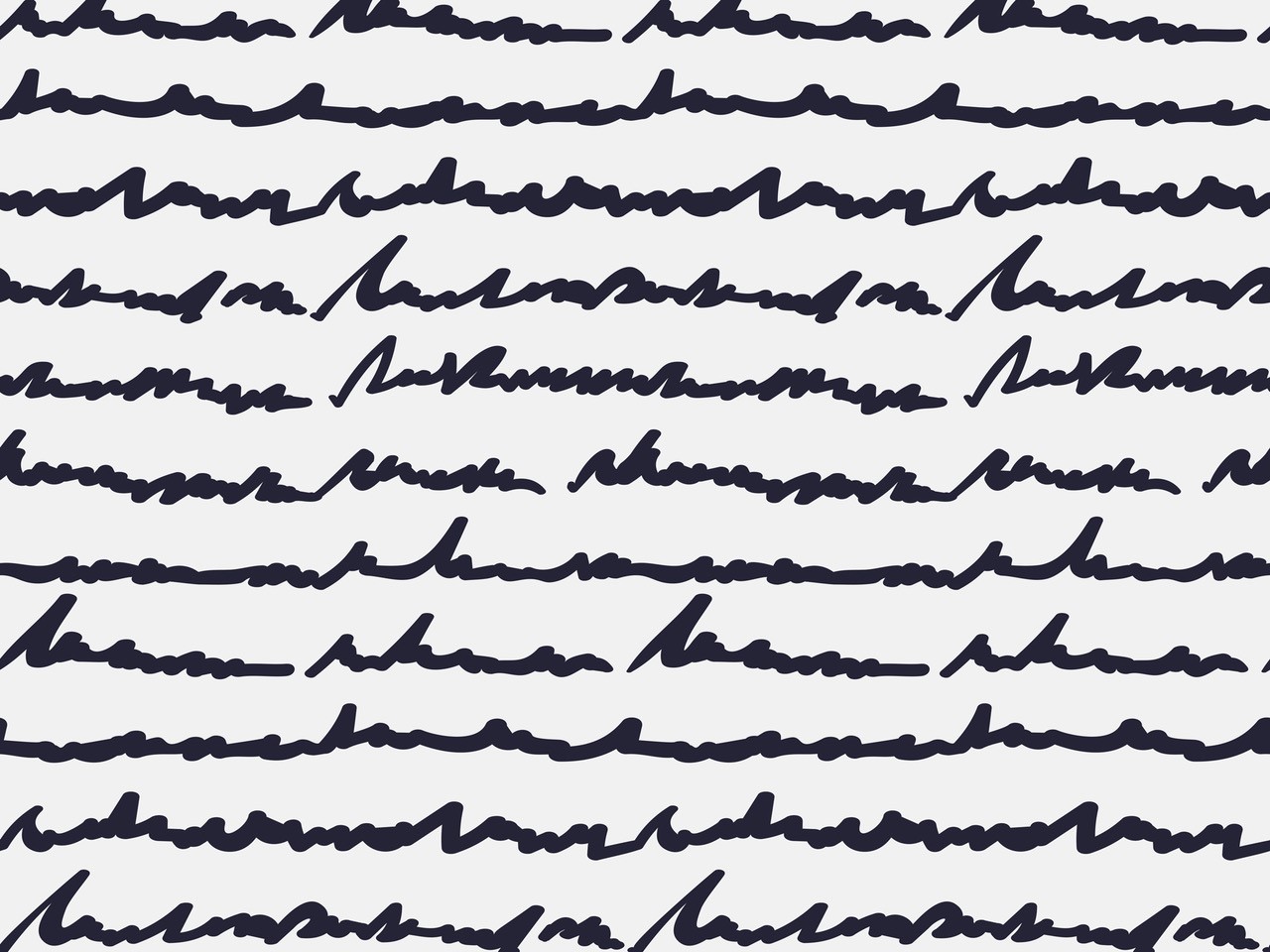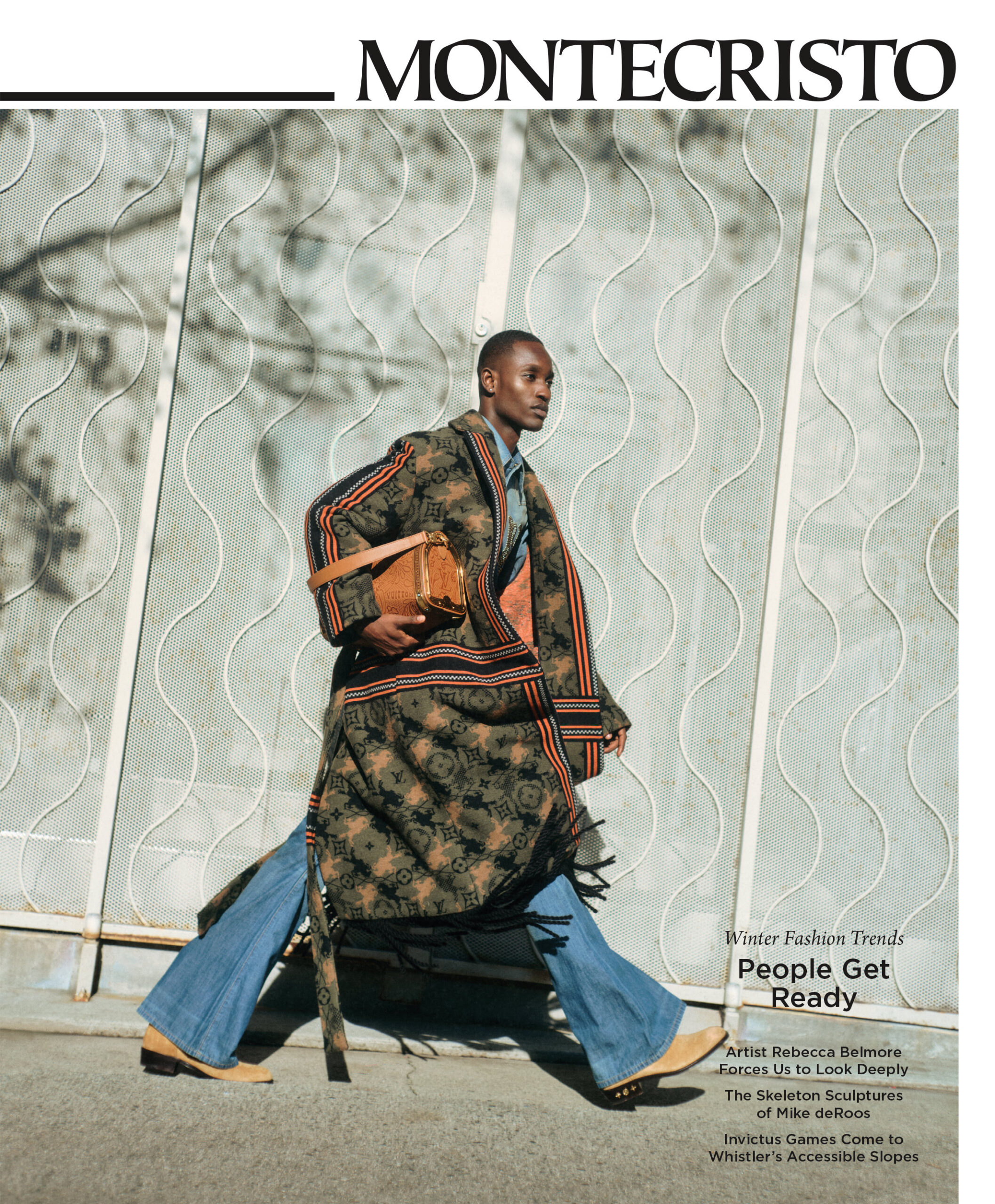Years ago, I moved to Cincinnati, a city I knew nothing about. I’d spent two years in Iowa, which was as expected (corn, snow); then a year in Wisconsin (cheese, ice); then upstate New York, which was like stepping into a Frederic Church painting, then, a year later, stepping out of it again.
Cincinnati was as hot and humid as a sauna. I’d rented the servants’ quarters of a house by the zoo, howler monkeys on stereo, and as I unpacked, a lizard shimmied up the wall. An hour later, I met Brian, who carried my desk on his head up three flights of stairs.
As I fell in love with Brian, I fell in love with Italianate architecture; the London-like skyline; Roebling Suspension Bridge, the prototype for the Brooklyn Bridge; Spring Grove cemetery, modelled after Paris’s Père Lachaise; and the people, who conquered my Canadian West Coast steeliness with Midwestern charm.
But Cincinnati had a dark side. Brian—a broke writer like me—was living in what was then called the most dangerous neighborhood in America. His car appeared on the news, surrounded by police tape, blood on the pavement—the scene of a shooting. Weeks later, someone used a baby as a human shield. I found us a five-bedroom 1892 Victorian with a coal room in the basement, for $1,000 a month, in a part of town where professors lived.
“We’ll never live anywhere this big for this cheap ever again,” I said.
“I wonder what’s wrong with it,” Brian said.
We filled the Victorian with yard-sale furniture, and I turned the attic into a psychedelic guest room with mandala tapestries and string lights. We did nothing with the coal room except show it to houseguests. I sold my first novel and went into a tailspin of edits.
I can’t recall when we figured out we weren’t the only ones living there. Sure, our dog alerted us to mice in the walls; we stomped on cockroaches; we flattened centipedes with Moby Dick. But this was different. Something bigger. Squirrels, maybe raccoons. Possibly people—the house was so big; who’s to say? We ignored it. We had a lot going on. Brian was getting his PhD, and I was on a book tour. And then I was pregnant and doing nothing but vomiting in the yard.
Six months later, it started raining—a real Midwestern downpour—and as we lay together, our baby daughter on Brian’s chest, thunder clapped and the ceiling groaned. Next thing we knew, it was raining inside.
My mother-in-law was upstairs in the psychedelic guest room, helping us pack. I’d been hired at the University of Oregon, and we were moving. I was ecstatic. Through the lens of motherhood, the city’s dark side was all I could see.
I could talk about homelessness, pot smoking, natural vs. synthetic hallucinogens, rip tides, and what to do if she came across a baby seal. I didn’t know how to explain how much white people hate black people; gun violence; certain war-torn streets.
That summer, the police arrested a major heroin dealer, and the streets were full of violence as other dealers jockeyed to take his position. We returned from a trip to find the Victorian broken into, a handprint on a window we’d left unlocked. They took our laptops, emptied drawers. But first, they found our kitchen knives, and wandered through the house with them in case we were home.
Then there was the repairman who told me he drove around with a baseball bat with nails jammed into it, to “clear out the riffraff.” Though ours was a neighbourhood where black and white families lived on the same street, the grandfather across from us had a brick thrown through his window. When the repairman said “riffraff,” he glanced at our neighbour’s grandchildren as if to say, “people like them.”
I didn’t know how to explain things like that to my daughter. I grew up on Vancouver Island. I could talk about homelessness, pot smoking, natural vs. synthetic hallucinogens, rip tides, and what to do if she came across a baby seal. I didn’t know how to explain how much white people hate black people; gun violence; certain war-torn streets—the houses covered in graffiti—or how when people said “dangerous” here what they meant was “black.” I wanted to raise her in a place whose dangers I was familiar with.
A husband-and-wife team came to patch the roof of the Victorian. That night, Brian and I heard someone shrieking. We leapt out of bed, and I grabbed my daughter and clutched her to my chest.
“Bats!” my mother-in-law yelled and barrelled down the stairs in her pajamas. “Bats!” Brian and I peered up the staircase to see 20 bats, circling the psychedelic guest room at NASCAR speed. We ran into the bedroom but they were upon us; we ran downstairs to find them perched on our curtain rods. One was even in the laundry basket, atop the dirty clothes.
We stayed at a friend’s that night and continued packing the next day, screaming periodically at a balled-up grey sock. Like idiots, we went to sleep, to be woken by the colony coming through the walls. A colony contains between 100 and 1,000 bats, and we’d been living with the latter. The roofers had trapped them in. Like the heroin dealer, things were fine until he and the holes in the roof were gone.
Brian killed a few with the swipe of a tennis racket and had them tested. Rabies-free, we moved to Oregon and started a new life. Our house has no critters, save for the occasional spider. Our neighbours are mostly white, and there are no thunderstorms. I haven’t heard a gunshot in years. Downtown is full of homeless people, as my hometown of Victoria was, and every other business is a pot dispensary. The houses are one storey; Douglas firs take up the skyline. My daughter will grow up as I did, as though she were inside an Emily Carr painting.
She’ll also grow up in a former “whites-only” state, where it was illegal for black people to live until 1926. What is safety? Scratch the surface here and there’s the same ugliness. The biggest threat to her here is not winding up a pothead but, rather, growing up ignorant to the complexities of the world. Sometimes, on campus, I see a guy in a truck painted with swastikas, and my heart pounds harder than it ever did in Cincinnati. I realize now that motherhood is much the same as writing: my job—if I’m to do it well—is to describe the world as it is, not as I want it to be.
Someday, I’ll take her on a road trip to show her where I lived while I tried to make it as a writer. We’ll stop in Cincinnati. I’ll show her the Victorian; I’ll tell her the bat story. I’ll tell her what the repairman said. I’ll tell her that everything I ever wanted happened in Cincinnati: Brian; my first novel; her. We’ll go to the zoo and listen to the howler monkeys. And then, thunderclouds forming above our heads, we’ll head for the car and start the long drive home.
Read more personal essays.








